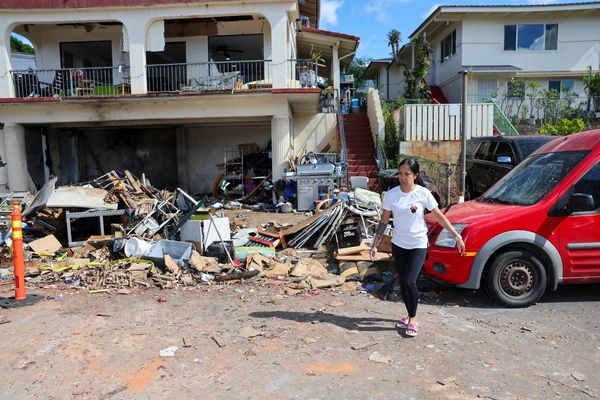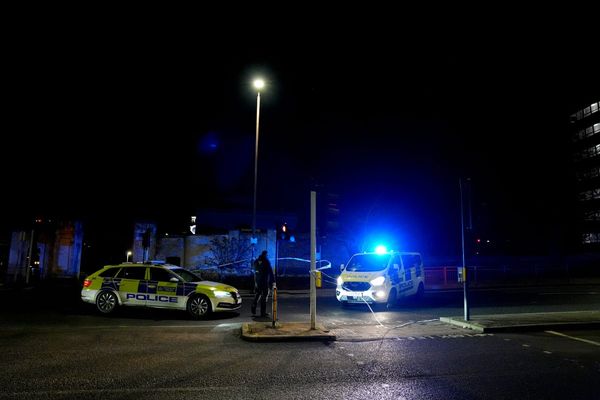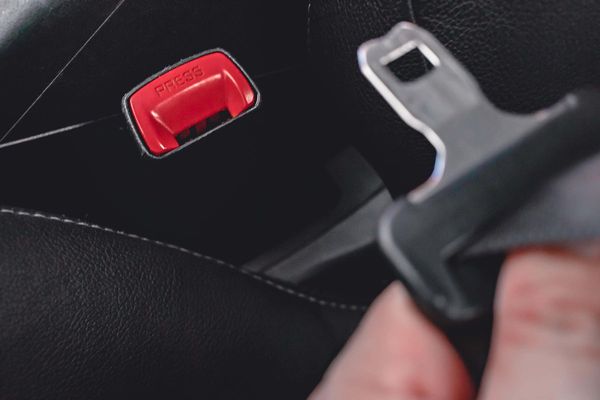
New Delhi: The government last month amended child labour laws allowing children below 14 to work in family businesses and the entertainment industry (excluding circuses) to create “a balance between the need for education for a child and reality of the socio-economic condition and social fabric in the country.” The amendment also introduced a new definition of “adolescents”—children between 14 and 18 years of age—and barred them from working in any hazardous industry. On the World Day Against Child Labour, Mint looks at 10 hard-hitting statistics on the issue of child labour in India.
1) One in every 11 children in India is working.
2) Child labour has been decreasing at an abysmal rate of 2.2% per year from 2001 to 2011, as per an analysis of census data by non-governmental organization CRY (Child Rights and You).
3) 80% of working children are based in rural areas and three out of four of these children work in agriculture, as cultivators or in household industries, most of which are home-based employments.
4) More than half of the 5.5 million working children in India are concentrated in five states—Bihar, Uttar Pradesh, Rajasthan, Madhya Pradesh and Maharashtra.
5) Adolescents doing hazardous work form 20.7% of those employed in this age group, while almost 25% of adults work in hazardous conditions.
6) Adolescents between 15 and 17 years of age doing hazardous work form 62.8% of the overall child labour population.
7) Nearly 10% of adolescents working in hazardous conditions are working in family enterprises.
8) 56% of the working adolescents are no longer studying. And 70% of those in hazardous conditions are not studying.
9) More boys (38.7 million) than girls (8.8 million) are involved in hazardous work.
10) While the incidence of hazardous work among adolescents is highest in Nicaragua, the number of adolescents in hazardous work is greatest in India (2.4 million).
Source: International Labour Organization’s World Report on Child Labour 2015 and CRY recent analysis of the Census 2011







